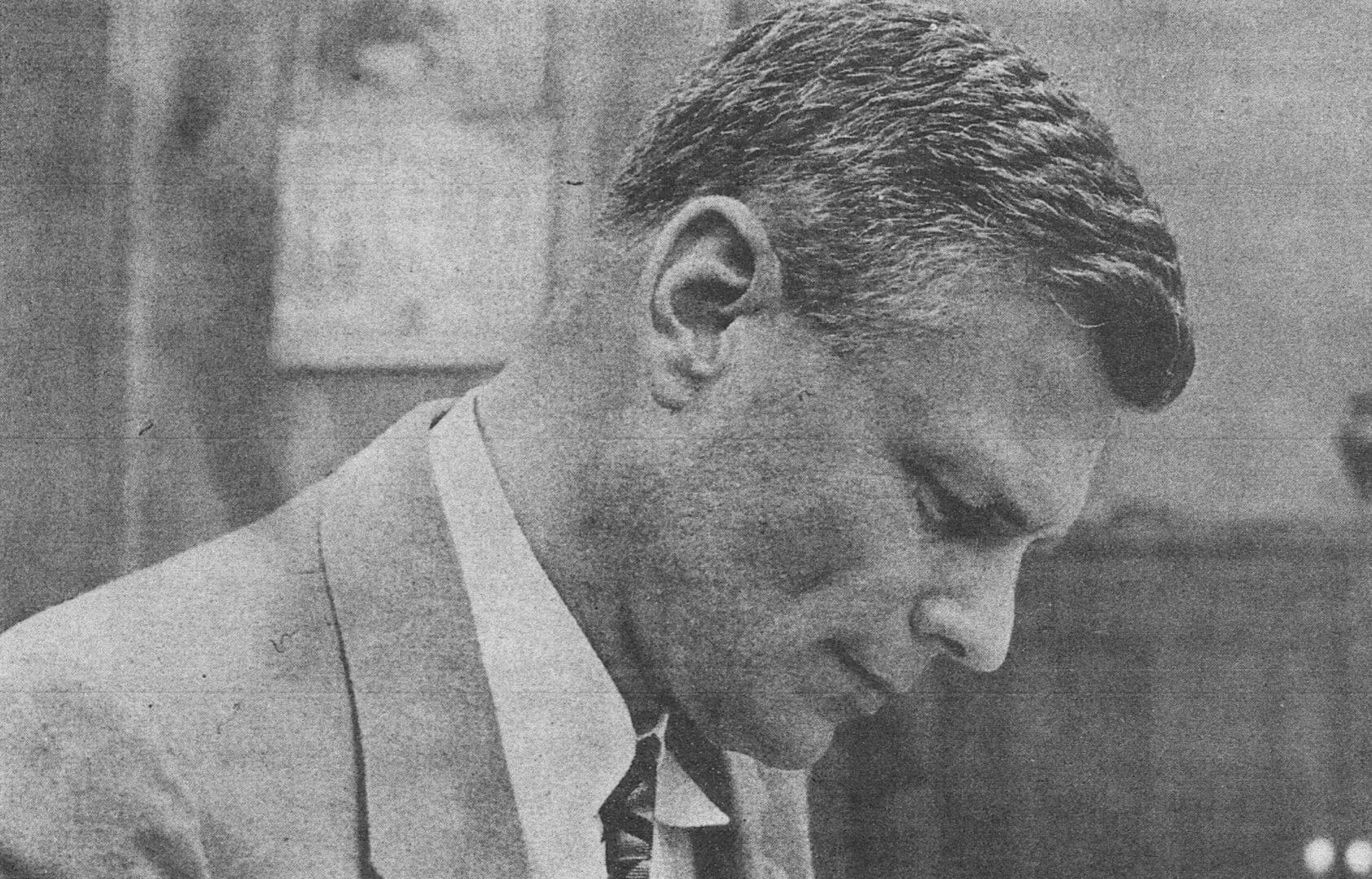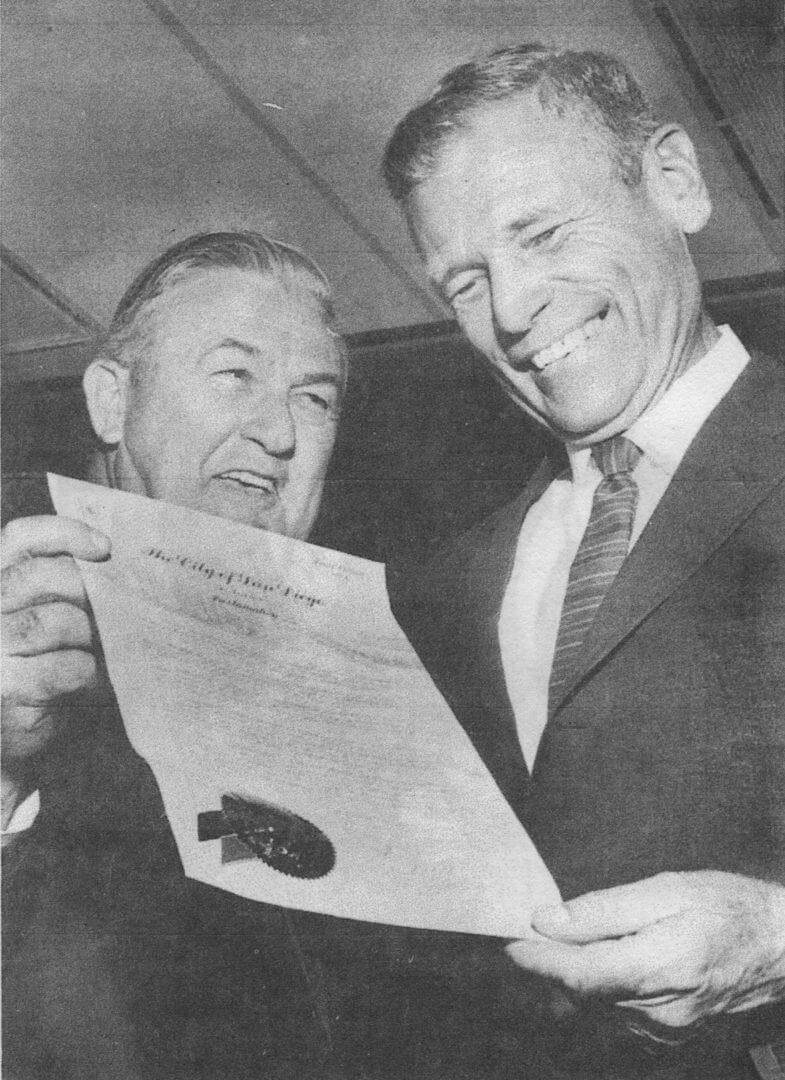At 100, ‘Mr. Freeway’ Looks Back at His Concrete Creations
If Jacob Dekema ’37 were an artist, his signature would be on the world’s largest art installation — a sculpture 480 miles long, with bending and twisting arteries of concrete, swirling through canyons, over hills, through valleys, intersecting in spectacular loops and bridges, and all built on a monumental scale with the ultimate in concrete and tensile technology.

Once Dekema was hanged in effigy for trying to put a highway through a town. Some condemned him for building too many freeways. Others criticized him for not building enough. Officials gave him keys to their cities, and business leaders who appreciated the economic blessings of a good highway praised him.
Jake, as co-workers affectionately knew him, was better known to San Diegans as “Mr. Caltrans” because of his tenure and innovation during the development of the California state highway system under his directorship from 1955 to 1980.
In July, “Mr. Caltrans” passed a major milestone. He turned 100. Taking the onramp to the Jacob Dekema Freeway, with Dekema’s address on our GPS, we traveled to San Diego to meet the Trojan who helped pave the way, literally, to America.
He started at the Division of Highways, as Caltrans was then called, as an engineering student at USC, toiling one summer on a survey crew that laid out improvements on a dirt road to the Yosemite Valley.
“We still saw a few mule-drawn road scrapers around,” Dekema remembered. “Today that’s a historical item that belongs in a museum.”

He graduated from USC with honors in 1937 with a B.S. in engineering, returned to the Division of Highways in Sacramento, and worked as a construction engineer on parts of Highway 99 near Fresno. He served in the U.S. Navy during World War II — as a rocket scientist, actually.
“The Navy thought my engineering skills were better suited to instruct artillery science,” Dekema recalled. “But I didn’t stay with it. I didn’t see any future in it,” he said with a laugh.
After the war, Dekema returned to the Division of Highways and rose through the ranks, eventually becoming director of San Diego Caltrans in 1955. For the next 25 years, about 95 percent of the total freeway mileage in San Diego, Imperial and East Riverside counties was constructed under his watch.
In the 1950s, Dekema’s California highway designs became a model for the planners of the Interstate Highway System. The nationwide network had been under study since the Roosevelt administration, Dekema said, but legislation for its construction was not passed until President Eisenhower was in office.
By that time, “Go West, young man” had become the anthem of an entire generation, from young engineers racing against Sputnik in the semiconductor industry that would eventually lay the blueprint for Silicon Valley, to young beach boys hitting the surf and Hollywood starlets basking in the glow of Hollywood’s Golden Age. Federal planners had the California template to pull from.
But Dekema was far from just another grind-out-the-plans highway engineer. In a 1980 interview with San Diego Magazine, Dekema said he dreamed of a future that was still in the making. “I hope we built something more useful than the pyramids,” Dekema said. “But then again, the worse the traffic gets, the faster the electronic revolution develops. It may well be that mass commuting will no longer be needed. People will be able to stay home and work, or they’ll work in small offices, spread out all over the city and countryside, linked by computers and sophisticated communication systems.”

Thirty-five years ago, he also predicted that the auto industry would develop a pollution-free auto by the year 2000. Dekema has been credited by many of the present top strata of Caltrans who once worked for him as one of the most talented managers ever to steer the department.
He is still self-effacing about this: “You just find good people, tell them what is to be done, and get out of their way.”
For his 42 years of civil service, the state legislature officially named I-805 in his honor. A bronze plaque was raised along the freeway at Governor Drive. Perhaps it should have been made of concrete.




